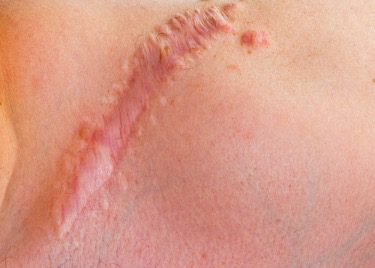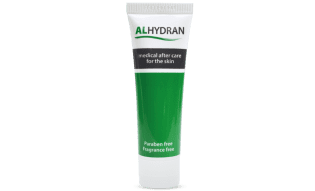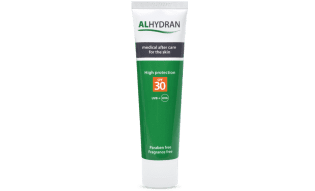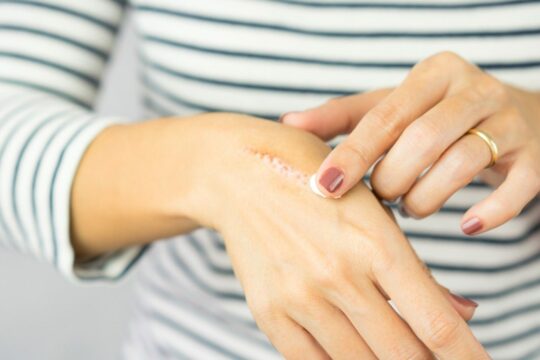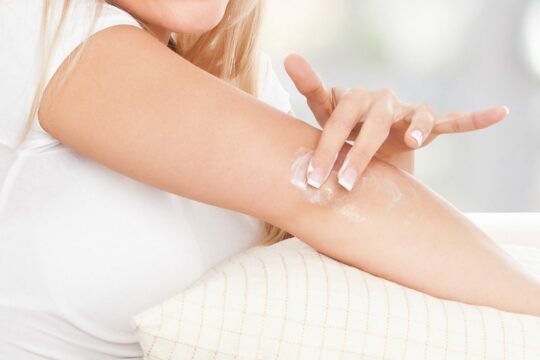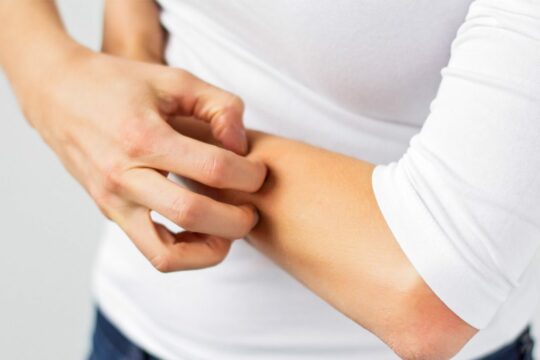Hypertrophic scar: causes, symptoms and care
Unlike other scars that may fade more smoothly, a hypertrophic scar often looks raised, red and can feel tight or itchy. It does not grow beyond the original wound edges, as a keloid scar can, but it may still cause discomfort and change the look of your skin. Understanding this type of scar helps you support healing and reduce symptoms.
